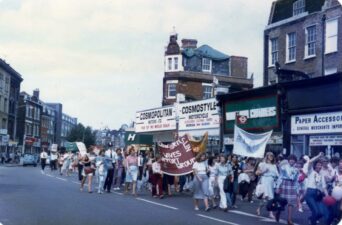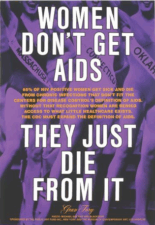Part 1
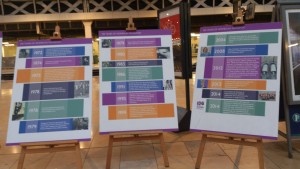
The home of Brunel and Paddington Bear was recently taken over by an exhibition of women’s historical contribution to travelling and designing modes of travel. The colourful posters begin with celebrating Minnie Palmer as the first woman in England to own and drive a car and end with recognising 100 years of well travelled women with the 2014 launch of the 100 years of Women in Transport programme ‘to celebrate women’s role in transport over the past 100 years and mark an industry with commitment to developing our workforce and engaging with future generations’.
Although driving her French Rougement car between acting as one of the first well received American actors in England, Minnie may not have been a licenced driver. Driving licences were not compulsory there until 1936. However, the exhibition recognises the first British woman to become a licenced driver, Vera Hedges Butler, who passed her driving examination in 1900.
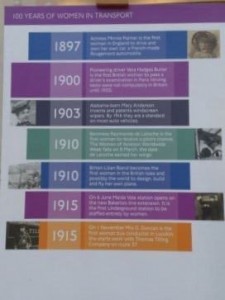
Other women’s travelling firsts are acknowledged:
In 1910 Baroness Raymond de Larouche received her pilot’s licence. The Women of Aviation Worldwide Week is celebrated on the 8th March, the date she ‘earned her wings’.
Valentina Tereshovka became the first woman in space. The Soviet cosmonaut completed 45 orbits in71 hours in the space craft Vostok 6 in 1963. In June 1991 Dr Helen Sherman became the first British woman astronaut, joining the Russian scientific space mission project. She also visited the Mir space station – the first woman to do so.
The first British woman pilot to fly a commercial jet was Yvonne Pope. She had started her flying as a flight attendant, gained her private pilot’s licence with the Airways Aero Club and became a commercial pilot in 1972.
Mrs G. Duncan became a bus conductor in London in 1915. Many years later, 1974, a woman began driving the bus when Jill Viner became a London Transport bus driver. In 1978, when she was eighteen, Karen Harrison became the assistant to the train driver. In the same year Hannah Dadds began driving on the London Underground. Again on the underground, Susan Alyso began operating the signals in 1979. In 1983 Helen Clifford became the first woman bus mechanic.
In 1980 Lynne Rippelmeyer flew a Boeing 747 and was the first woman to make the Atlantic crossing as captain of a Jumbo Jet in 1982 as part of the all female crew of a Boeing 747.
Women also designed and built modes of travel and features associated with travel. In 1903 Mary Anderson developed and patented windscreen wipers – they became standard by 1916. In Britain, in 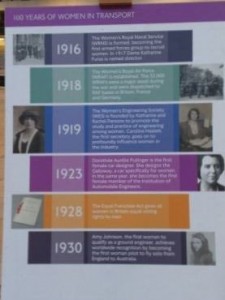
1910 Lilian Bland became the first woman to design and fly her own plane. In 1930 Amy Johnson qualified as a ground engineer and became the first woman pilot to fly solo from England to Australia.
Dorothee Aurelie Pullinger was the first woman car designer. She designed the Galloway for women drivers in 1923 and became the first woman member of the Institution of Automobile Engineers in that year.
In 1915 the Bakerloo Line extension from Maida Vale Station was opened – the first underground station to be staffed entirely by women. In 1915 Waterloo Bridge, completed in 1945, was largely built by women.
Women’s political contribution to transport and travel are acknowledged, as are their membership of associated organisations. Their contributions will appear in Part 2.
This information and the photos are taken from the exhibition at Paddington Station 14th November 2015.
